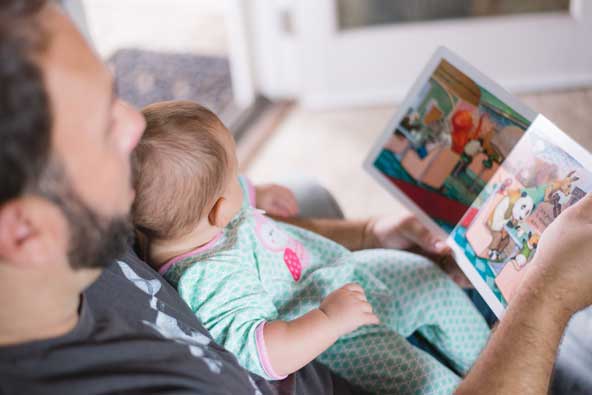A Step-by-Step Guide to Creating a Children's Book from Scratch
So, you're interested in learning how to write a children's book. Littles and adolescents are among the most loyal readers there are! However, you should be aware that creating excellent children's literature is no simple task, especially if you're a complete novice. This comprehensive guide will help you understand how to create a kid's book and even a few tips that may make the process easier.
If you are ready to start creating your first children's book, it's time to go through this guide. You could write the next big hit!
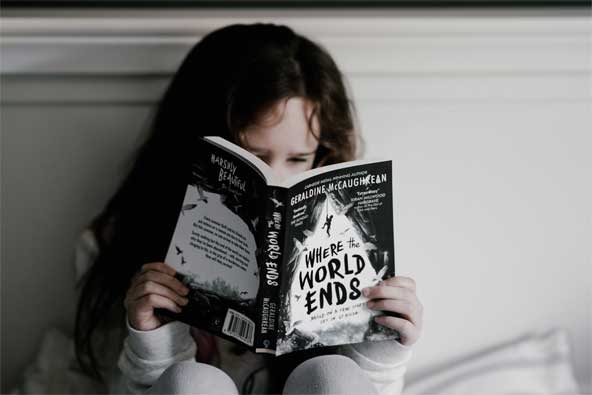
Find Inspiration for Kids
You need to focus on finding inspiration that connects and inspires children since that will be your audience. The most successful books will please two audiences, the children and the parents buying the books. Kids will be the ones who want to read your book more and more, so it's essential to keep them as the focus. However, marketing efforts can always go towards the parents rather than kids. Here are some ways to find inspiration to get started writing.
Think About Universal Themes
Many children's books have fun pictures, bright colors, and elaborate drawings. However, when you strip that away you will notice they focus on themes. Some books will state the importance of having an open mind, being kind, or having friendships. Pick something that stands out to you and get started writing.
Once you think about the theme, ask yourself these questions:
- Why is this something you want to share?
- What is this story really about?
- Is this idea good for kids?
- Is this story marketable?
If you feel stuck or you're not sure this idea is good for kids, ask a kid in your life! Come up with a few pictures and storylines, and ask your kid friends if they like your idea. Most children will be brutally honest.
Choose One Age Group
A five-year-old will not be reading the same thing as an 11-year-old. You need to narrow down your target audience and stick with the wording they will understand. Kids fiction starts from baby picture books and goes all the way up to fantasy novels for 18-year-olds. This means you can choose to focus on 0-1-year-olds or 17-18 or anywhere in between. However, before you write one word down, you need to pick an age range.
When you narrow your age group down and write for that group, your book will become more sellable. You can market it easier than trying to write something for everyone. Take a look at these ages and what books work well for those age groups.
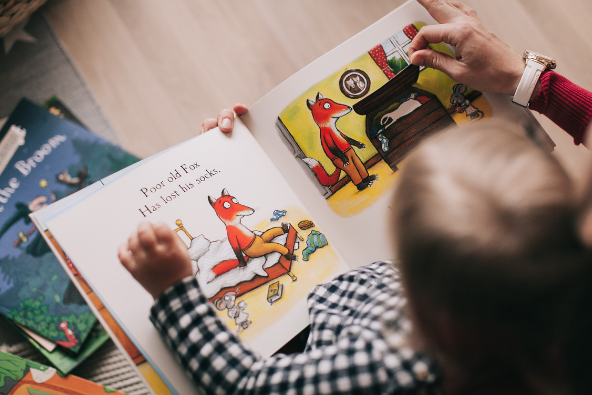
Picture Books
This is great for young readers who are newborns and six years old. Many parents will still be reading their kids these books, so many kids will focus on the pictures and parents' voices. These books are typically 500 words or less because the kids focus more on pictures.
Early Readers
Any audience who is six to seven is considered early readers. They may be diving more into fantasy and can read more than they used to. So you can throw in deeper ideas but still add in illustrations that capture their attention. Many of these books will be between 2,000 and 5,000 words.
Chapter Books
Kids start diving into chapter books between seven and nine years old. There will be fewer pictures and deeper themes that capture their attention. This is when you can truly start painting a picture with your words. Think Junie B Jones or The Boxcar Children. These books tend to be higher in word count, around 5,000-10,000 words.
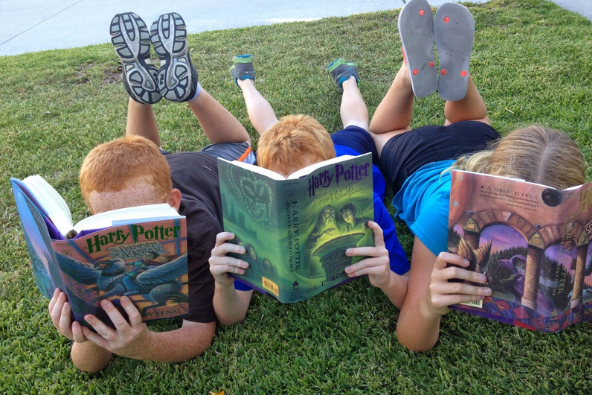
Middle-Grade Readers
Keep in mind this is for kids between the ages of 9-12; they will be active readers at this age and fully independent. However, parents will still be buying and monitoring the books. You can have more literary freedom because you can create an entire world of fantasy for kids at this age. These books tend to be between 30,000-50,000 words.
Young Adult
Although this is considered between 12 and 18 years old, there is a pretty significant difference between 12 and 18. You may want to market them differently. An 18-year-old may want a book like the Hunger Games, whereas a 12-year-old may want something like The Lightning Thief. These books will be the same length as any other novel, between 50,000 and 100,000 words.
Choose a Voice That Doesn’t Talk Down To Readers
From the start, your children's book will stand out from the crowd if you have a unique voice. Your voice in the book will speak to children, literally. Most kids' books are read out loud, so you want to ensure it doesn't make anyone sound like they are talking down to their kids. Here are some things to keep in mind when writing your book.
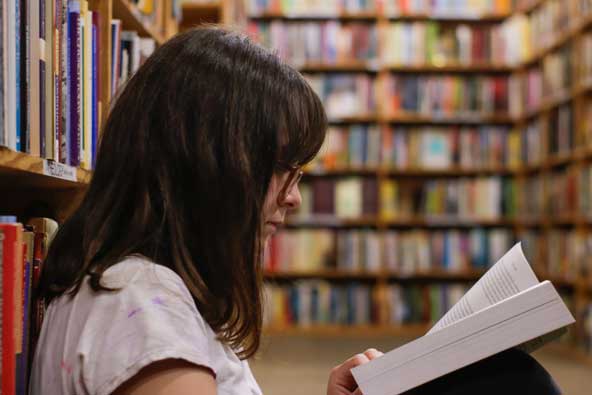
Use Age-Appropriate Vocab
A four-year-old will not know what serendipity means; however, an older kid may know what that means. You want this book to sound like you have a good message, but you want to use the right words for the age audience you're writing for. There are other great ways to share your knowledge and get the right message to the young readers.
Use Repetition
Many picture books will have a lot of repetition, or the same situation repeatedly happens until the characters learn something. Don't be afraid to repeat things because kids will learn from the story. They will understand the idea or words and want to keep reading.
Be Careful With Rhyming
You may think it's easy to rhyme words and have them flow nicely, but editors will quickly pick up a bad rhyme. It can be hard to rhyme well and have the story make sense, and stick with your voice.
Create Memorable Characters
You will need to create someone memorable no matter what age group you’re writing for. Your character should be timeless, and someone people will remember forever. That’s a lot of pressure, but here are some tips to help you create a dreamy or memorable character.
The Protagonist Is Older
Let’s say your target audience is 12; maybe you will make your main character 13-15 years old. This is also why it can be essential to understand who you write for. Once you understand who will be reading your book, you can figure out how to build your character.
Add-In Strengths and Weaknesses
All kids have flaws and perfections; this is how you can create a realistic character too. You can play around with this to make someone who is relatable who may mirror your readers. It is a way for you to build someone relatable.
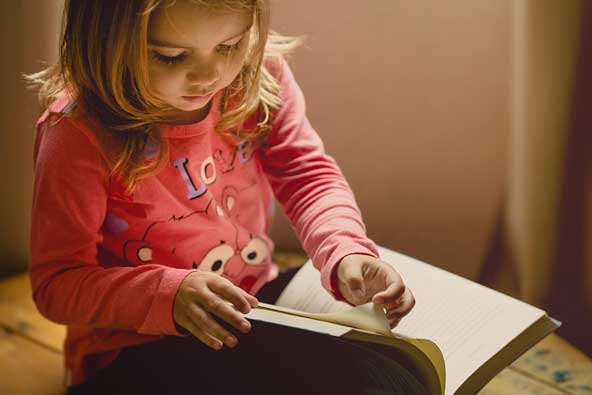
Don’t Go, Bland
Yes, your character should be relatable, but it doesn’t mean identical or precisely the same as every other kid out there. They can still be unique characters with magical powers or colored hair; they don’t have to be bland and average.
Your First Draft Can Be Messy
No first draft is perfect and you have full permission to create a messy first draft. This is the time to get all of your ideas on paper and edit them out later. Write and write until all of your ideas are poured out. No first rough draft is perfect and it shouldn’t get you down. You can focus on rewrites later.
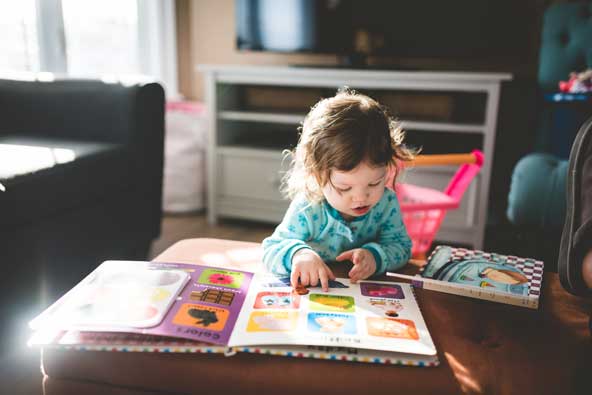
What To Focus On During Rewrites
You may feel pretty down after reading your messy first draft, and that’s normal. However, there are a few things to focus on during this stage.
Keep It Appropriate
You should always write what you want, but when you are editing and rewriting, ensure all of the language and ideas are appropriate for your age group.
Explore The Themes
You may have had a few themes that you focus on, but now is the time to dive deeper. Think about the words and scenes in your book and how the themes relate or can be seen in each.
Keep In Mind The Adults
Although your books will be for the kids, always keep in mind the adults reading. It can be fun for everyone, including the grown-ups, reading the books to the younger generation.

Read In Your Genre
You may be writing a book for 15-year-olds but have never picked up a copy of Harry Potter or Divergent; it’s time to start reading in your genre. Before you begin writing and during editing and rewrites, continue to read for your age group.
Keep Editing
Every single word needs to make sense and count for something. It should be connected and help speak to your audience. Editing is the time to get brutal and confront your work head-on. Before you have an editor, it's time to be super harsh with self-editing. Read, read, read, and then edit anything that doesn't make sense.
This is also the time you can start sharing with a few readers, gathering feedback, and editing their opinions if you think they are valid. When in doubt, start looking for a professional editor to go through your book.
Last Step - Publish Your Book
This is the step you've been waiting for, one that took tons of time to get here. Once it has been edited and you're happy with your book, it's time to get it out for young readers to enjoy. Keep in mind that if you are publishing your book and go through a big publishing agency, you may not get to pick an illustrator; it's something you might not have control over. If you self-publish, you may find someone you connect with more who will work around your visions. Keep this in mind when you get to the publishing stage.
If you choose to self-publish, the range for illustrators is HUGE. Many inexpensive illustrators use or manipulate clip art. However, for original drawn and colored illustrations, our fees start at $1000 for up to 32 pages and covers all the way up to $7000 based on complexity, medium and length of the manuscript. Interested? Drop us a line!
No matter where you are in this process, jump in. It’s time to get started and get focused. If this is your goal, you will be able to achieve it with hard work. When you can get your book in the hands of young readers, all of this work will feel worth it.
